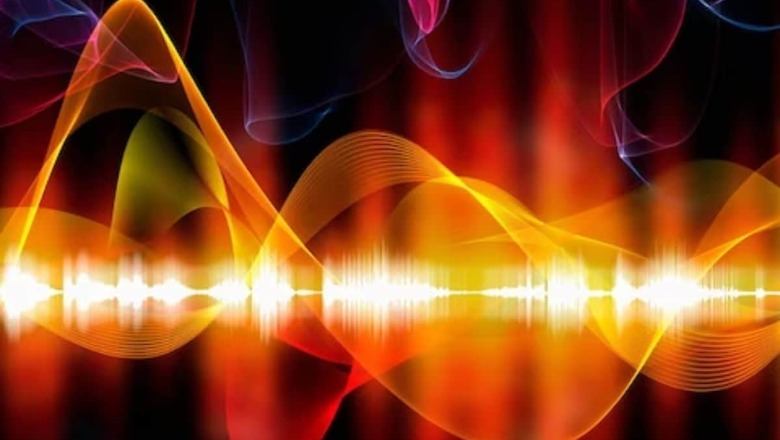
views
Scientists keep making breakthrough discoveries and some involve unusual behaviour of certain elements. According to new reports, scientists have found that in certain states of matter, heat could act like sound, which means it can behave like a sound wave.
Heat is a form which is known to spread and then gradually dissipate, but can behave like a sound wave in a rare state of matter. This phenomenon is called the “second sound”, and it has only been observed in a few materials, as per reports. Scientists from MIT (Massachusetts Institute of Technology), for the first time, have successfully captured the phenomenon of the “second sound” in action.
The images released show how heat can flow like sound waves, upon generating it in a superfluid, as it is a state of matter where the atoms have no friction. The physicists observed that the heat and matter “slosh” against each other, which created oscillations, a behaviour like that of sound waves.
The co-author of the study and an assistant professor at MIT, Richard Fletcher said, “It’s as if you had a tank of water and made one half nearly boiling.” He explained further, “If you then watched, the water itself might look calm, but suddenly the other side is hot, and then the other side is hot, and the heat goes back and forth, while the water looks still.”
This research was led by Martin Zwierlein, who is a professor of Physics at MIT. According to him, this study would now help them explore the temperature response. He further stated that it “teaches us about things that are very difficult to understand or even reach”.
To experiment, the researchers used particles which repel each other. Then they cooled the atoms and applied a magnetic field to form a superfluid. They created a hotspot using laser beams in the superfluid and used another beam to record the heat waves. The study was published in the journal called Science, and is helpful for scientists to understand that what is the nature of heat in a superfluid, or other related materials like superconductors, and neutron stars.




















Comments
0 comment